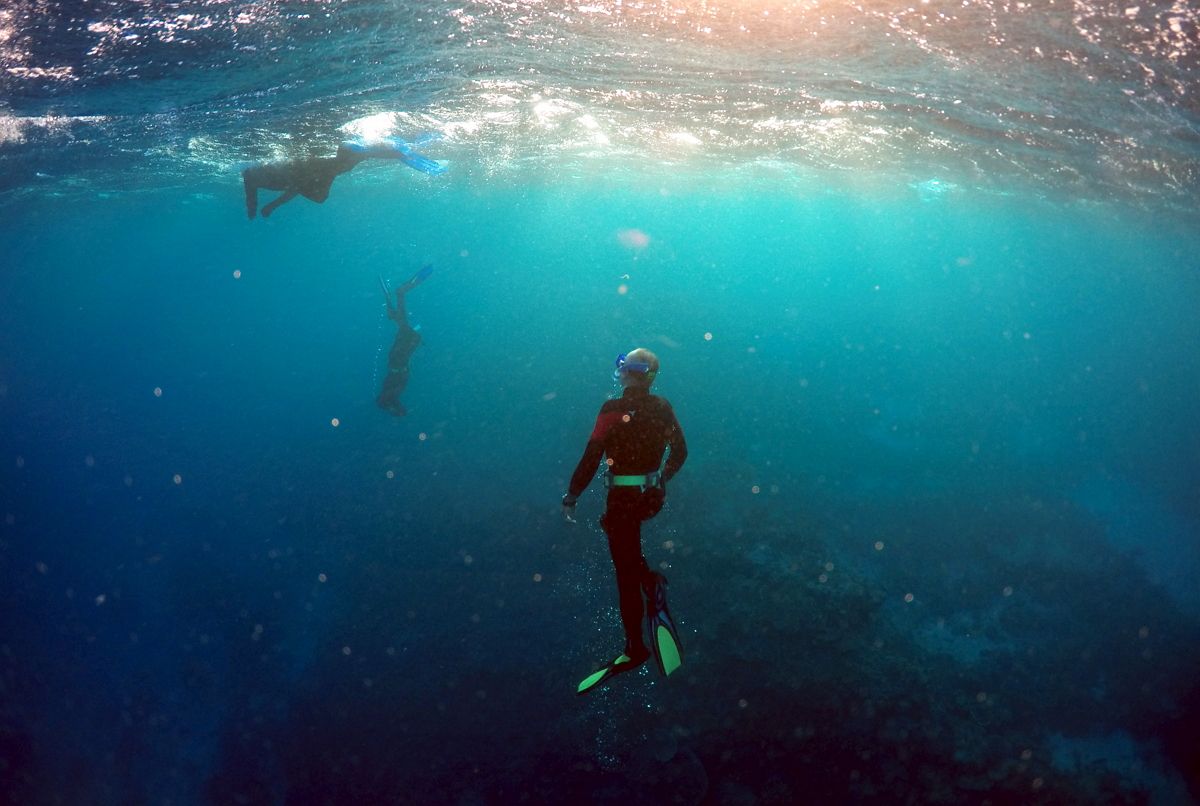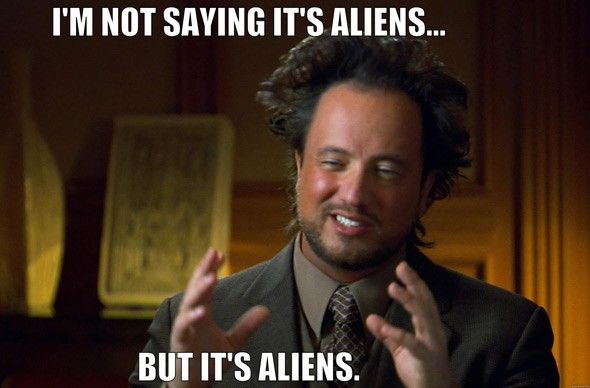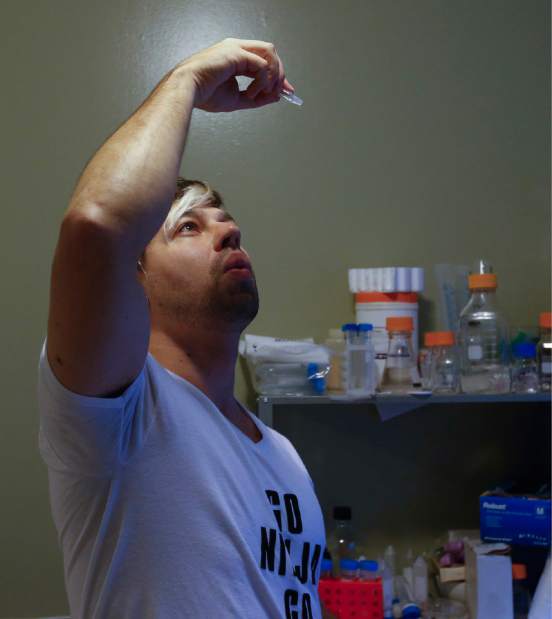
I know many; who do take a break/ sabbatical from the valley to spend time with family or reconnect with friends on the east coast, Midwest, or other places that they refer to as home. However, once your sabbatical is in the 6 month period; you cannot wait to come back because the energy and excitement is truly hard to find anywhere else.
Like most people, I look up to and admire the heroes of Silicon Valley (the real ones, not the ones from the TV show). They’ve given rise to services (e.g., Google, Facebook, Uber, LinkedIn, Airbnb) that we use every day and make the world a better place. They’ve created value, wealth, and opportunity at unprecedented historic levels.
I’ve also had the chance to meet some of the leading CEOs and entrepreneurs of the Valley and they are, by and large, good-natured, brilliant, and thoughtful people. They’re earnest and committed to building positive things. Some of them are donors to my organization, for which I’m immensely grateful. It’s clear that Silicon Valley is today more than ever the center of innovation and technological progress.
Continue reading “What’s eating Silicon Valley” »

















